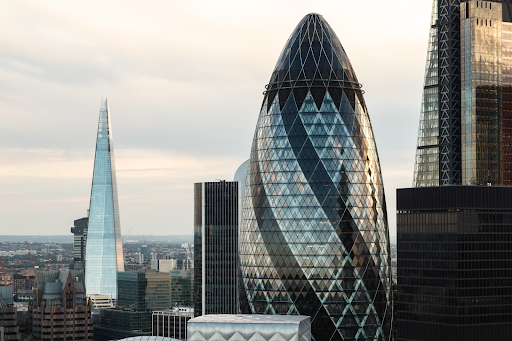The United Kingdom is a tapestry of history and modernity, and nowhere is this more evident than in the architectural landscapes of London and Edinburgh. These two cities, though geographically close, offer contrasting views of British architecture, from the cutting-edge structures of London to the historic edifices of Edinburgh. The journey between these two cities is seamlessly bridged by the high-speed train from London to Edinburgh, providing a swift and comfortable passage through the diverse architectural heritage of the UK.
London: A Skyline of Innovation
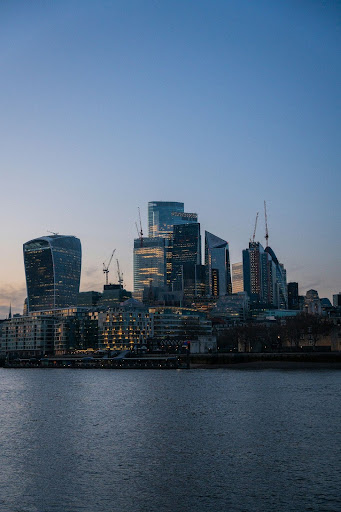
London’s skyline is a testament to architectural innovation and diversity. The city is home to some of the world’s most iconic modern structures, such as The Shard, which pierces the sky with its shard-like design, and the Gherkin, with its distinctive curved glass facade. These contemporary marvels stand in stark contrast to historic landmarks like the Tower of London and St. Paul’s Cathedral, creating a dynamic urban landscape that reflects the city’s evolution over centuries.
The Millennium Bridge, a steel suspension footbridge, is another example of London’s architectural prowess. Spanning the River Thames, it links the Tate Modern gallery with St. Paul’s Cathedral, offering both functional connectivity and aesthetic appeal. London’s commitment to innovative design is also evident in the redevelopment of King’s Cross, where old industrial buildings have been transformed into vibrant spaces for living, working, and entertainment.
Edinburgh: A Tapestry of Historical Splendor
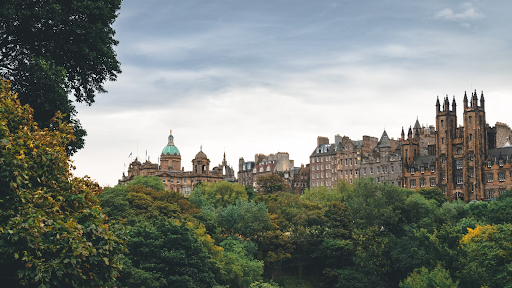
Edinburgh’s architectural landscape is a rich narrative of Scotland’s storied past, offering a stark contrast to London’s contemporary skyline. The Old Town, with its labyrinthine medieval streets and ancient edifices, is crowned by the formidable Edinburgh Castle, standing sentinel atop Castle Rock. The Royal Mile, a historic thoroughfare paved with cobblestones, stretches from the castle gates to the regal Palace of Holyroodhouse, lined with buildings and landmarks that whisper tales of centuries gone by.
The New Town unfolds as a showcase of Georgian elegance, revealing another facet of Edinburgh’s architectural legacy. Its orderly streets and grand squares, like Charlotte Square and George Street, are graced with neoclassical facades, mirroring the city’s flourishing during the 18th and 19th centuries. The Scottish Parliament Building, a modern architectural feat, serves as a testament to Scotland’s contemporary political landscape, harmoniously integrating with the city’s historic backdrop.
Bridging Cities: A Journey Through Time
The journey between London and Edinburgh serves as a captivating voyage through the UK’s architectural evolution. As travelers move through the countryside, they witness the transition from London’s modern skyline to Edinburgh’s historic silhouette, encapsulating the architectural diversity of the United Kingdom. This journey is a testament to the UK’s ability to embrace the new while preserving the old, creating a rich tapestry of architectural marvels that continue to inspire and awe.
The Harmony of Old and New in London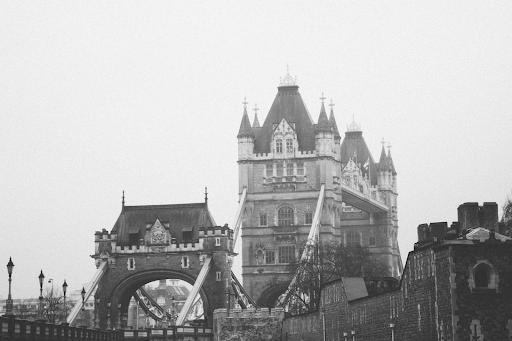
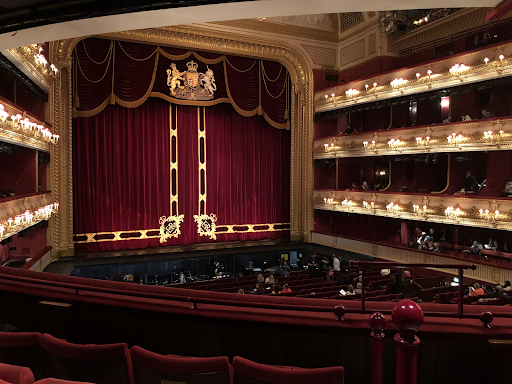
London’s architectural landscape is a harmonious blend of the old and the new, where contemporary structures coexist with historic buildings. The juxtaposition of the ancient Tower of London against the modern Shard is a striking example of this harmony. This blend extends to areas like Covent Garden, where the classical architecture of the Royal Opera House stands alongside modern retail spaces. The city’s ability to integrate cutting-edge design within its historic fabric is a testament to London’s dynamic and evolving character.
Edinburgh’s Architectural Conservation
Edinburgh’s commitment to preserving its architectural heritage is evident in the careful conservation of its historic buildings. The city’s UNESCO World Heritage Sites, the Old and New Towns, are protected and maintained to ensure their historical integrity. Efforts to restore and repurpose old structures, such as the transformation of the former Royal Infirmary into a modern residential and commercial space, demonstrate Edinburgh’s respect for its past while adapting to contemporary needs. This dedication to conservation ensures that the city’s architectural legacy continues to be celebrated and enjoyed by future generations.
The Influence of Architecture on Cultural Identity
The architecture of London and Edinburgh not only reflects the UK’s historical evolution but also plays a crucial role in shaping the cultural identity of each city. In London, the eclectic mix of Gothic, Victorian, and contemporary styles speaks to the city’s cosmopolitan nature and its openness to innovation. Meanwhile, Edinburgh’s preservation of its medieval and Georgian architecture reinforces its status as a city deeply rooted in Scottish tradition and history. Together, these architectural landscapes contribute to the distinct character and allure of each city, making them enduring symbols of the UK’s rich cultural tapestry.
Conclusion: A Tale of Two Cities
London and Edinburgh, with their distinct architectural landscapes, offer a fascinating exploration of the UK’s built environment. From the sleek, modern structures of London to the historic edifices of Edinburgh, these cities provide a visual narrative of the country’s architectural journey. Whether journeying between these two capitals or wandering their streets, visitors are treated to an architectural feast that showcases the UK’s past, present, and future.













